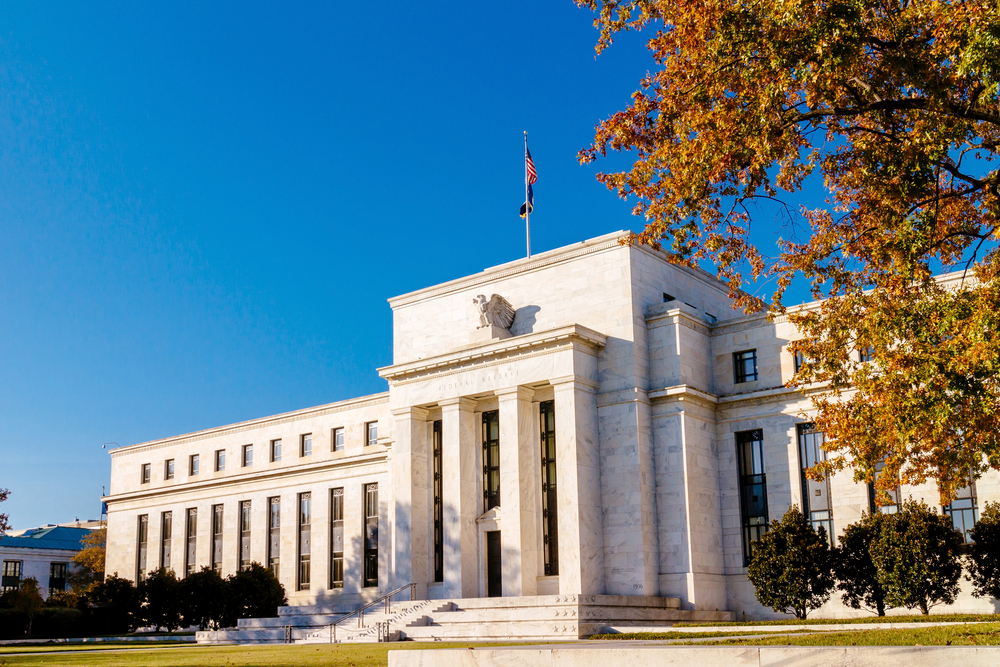Financial Markets are focused on FOMC
The strong rise in inflation data released by the US Labor Department last week has caused significant stress in markets. In particular, the Consumer Price Index (CPI) rose by 0.8 percent in April compared to the previous month and reached a 13-year peak of 4.2 percent year-over-year, increasing inflation expectations in the markets.
In an initial response to the inflation data released well above market expectations, long-term US bond sales increased borrowing rates, putting pressure on global stock market indices and emerging country currencies. Despite the statements from members of the Federal Open Market Committee (FOMC) that a rise in inflation is predicted, the expectations of market participants have not been fully met.
At this point, the details of the FOMC's meeting on April 27 – 28 are of great importance in terms of creating possible scenarios for the future of asset prices. At the last meeting:
Fed had kept its federal funds target within 0 – 0.25 range, in line with market expectations, and Fed reaffirmed its commitment to increase its purchases of Treasury securities, and agency residential and commercial mortgage-backed securities, at least at the current pace of 80 billion USD and 40 billion USD per month, respectively.
In April meeting minutes, which will be published today at 20:00 (GMT+2), Committee members' views on the lagged effects of ultra-loose monetary policy and the rise in inflation due to the high course of international commodity prices, particularly crude oil, are really significant and market participants will look for any clues regarding the stickiness of high inflation.
In other words, markets will follow the scenarios in which policymakers assess how far the upward momentum in prices will continue, or clues to a model that may be on the agenda against the stickiness of rising elements.
On the other hand, against alarming signals in the world's largest economy, the views of committee members on the future of the asset purchase program will be one of the important lines that markets will look for.





